The signal relay (in the signal system, it can be referred to as the relay), it is composed of two parts: the contact system and the electromagnetic system. The electromagnetic system is composed of a coil, a fixed iron core, a yoke and a movable armature. Its contact system consists of moving contacts and static contacts. It plays an important role no matter as the core component of the relay signal system, or as the interface component of the electronic or computer signal system. The reliability of the action of the relay directly affects the reliability and safety of the signal system.
The coil is energized → generates magnetic flux (armature, iron core) → generates attraction → overcomes the armature resistance → the armature attracts the core → the armature drives the contact action → the front contact is closed and the rear contact is opened. (Relay sucks up) The current decreases → the attractive force drops → the armature falls by gravity → the moving contact is disconnected from the front contact, and the rear contact is closed. It can be seen that the relay has switching characteristics and uses the on and off circuits of its contacts to form various control display circuits.
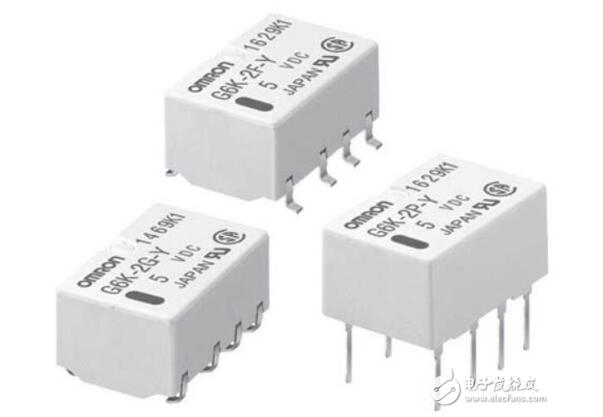
A certain voltage is applied to the two ends of the coil, and a certain current will flow through the coil, which will produce an electromagnetic effect. Under the action of electromagnetic force, the armature will overcome the pulling force of the return spring and attract to the core, thereby driving the armature to move. The contact is attracted to the static contact (normally open contact).
When the coil is de-energized, the electromagnetic attraction will disappear, and the armature will return to its original position under the reaction force of the spring, releasing the moving contact and the original static contact (normally closed contact). This pulls in and releases, so as to achieve the purpose of conducting and cutting off in the circuit.
The "normally open and normally closed" contacts of a relay can be distinguished as follows: the static contact that is in the off state when the relay coil is not energized is called "normally open contact"; the static contact that is in the on state is called It is a "normally closed contact". Relays generally have two circuits, a low-voltage control circuit and a high-voltage working circuit.



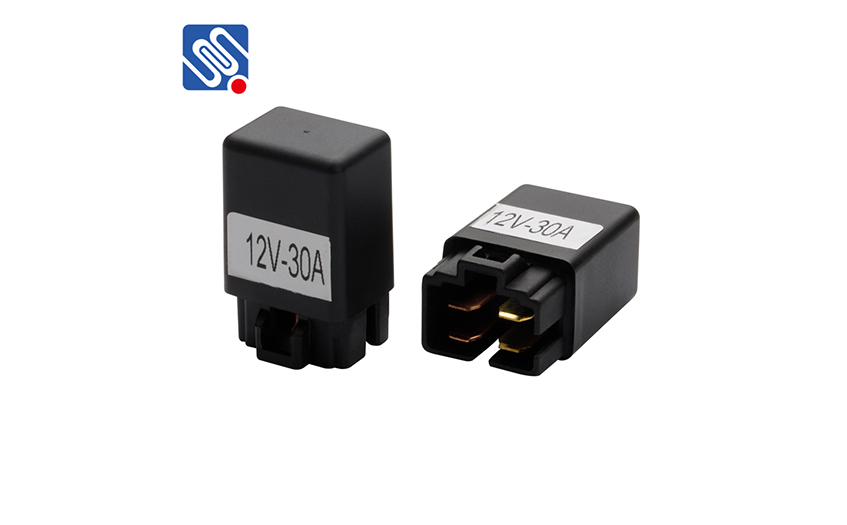
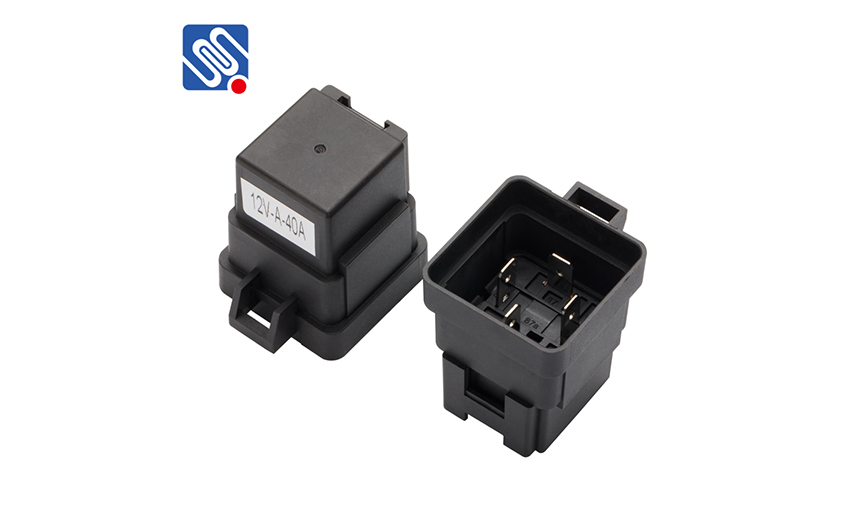
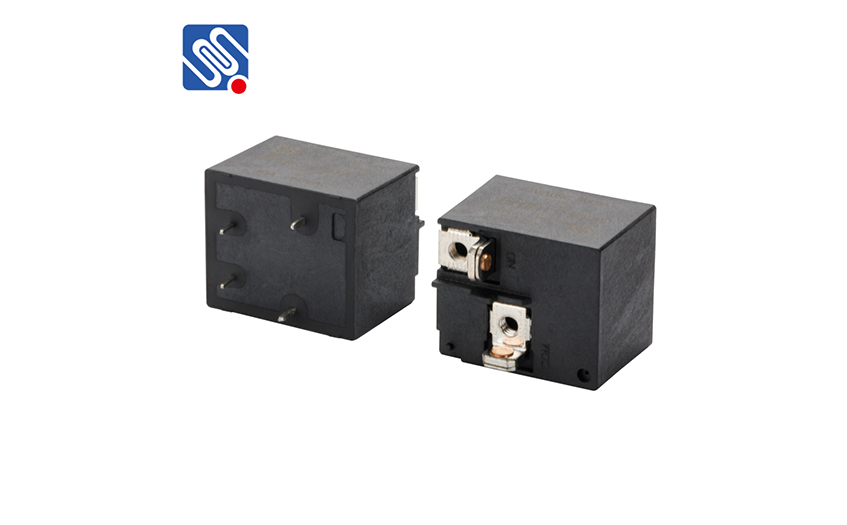
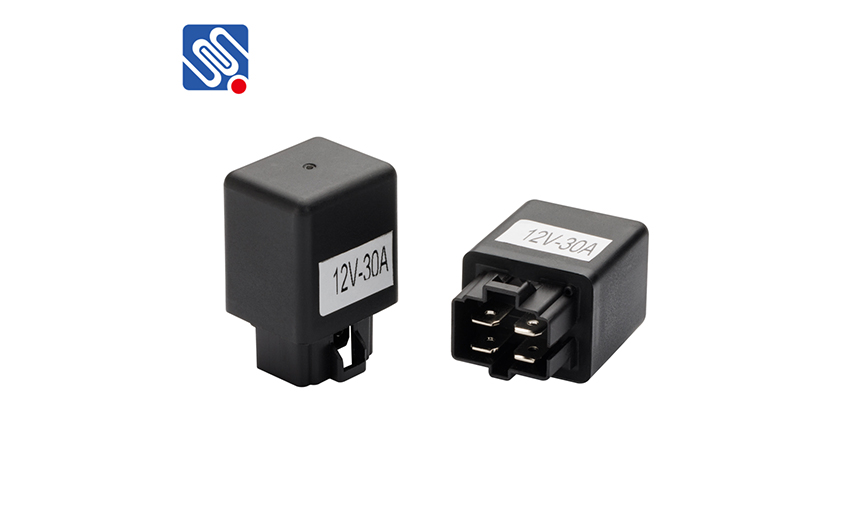
 selena
selena  sales@msrelay.com
sales@msrelay.com 13968707033
13968707033
 +86-577-62518811
+86-577-62518811





